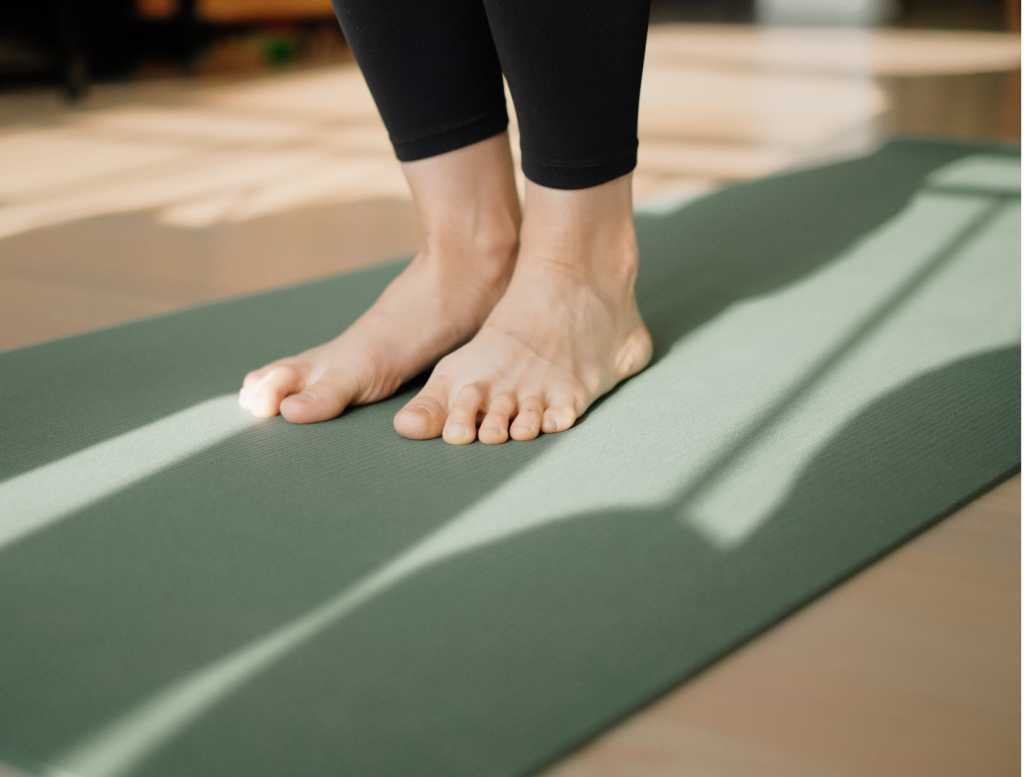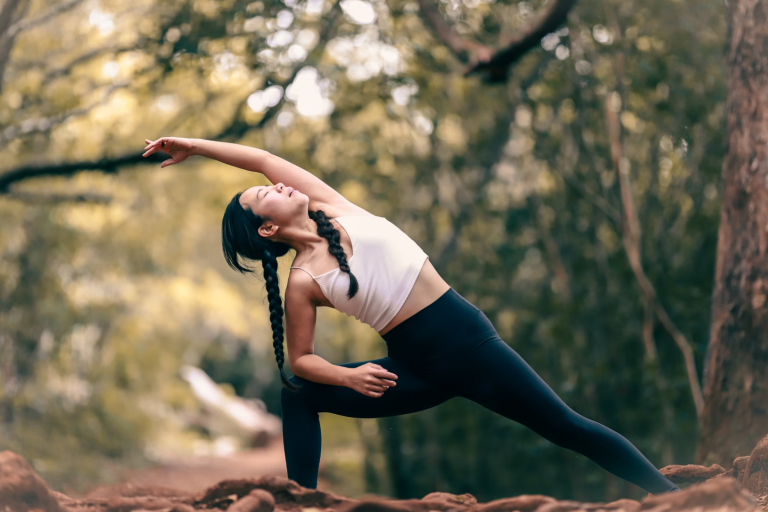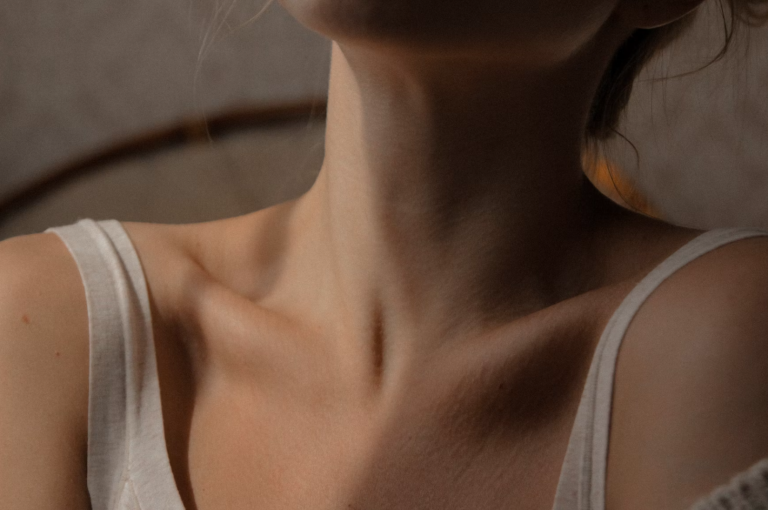
Introduction
With the explosion of yoga’s popularity around the globe, one item has become an essential companion to both beginners and seasoned yogis alike — the yoga mat. But with so many options on the market, how do you choose one that truly stands out? Let’s break down the best-rated yoga mats and analyze which ones are actually worth your time and money.

Why Choosing the Right Yoga Mat Matters
The Role of Comfort and Support
Yoga is as much about mental clarity as it is about physical posture. The mat beneath you needs to offer not just a foundation but a sense of comfort. Too thin, and your joints may protest; too thick, and balance may suffer.
Impact on Performance and Safety
A quality mat can make or break your poses. Slippery surfaces or lack of cushioning increase your risk of injury. A well-engineered mat ensures your Downward Dog feels stable and safe.
Key Factors to Consider Before Buying
Thickness and Cushioning
Standard mats range from 3mm to 6mm in thickness. Thicker mats offer more padding for sensitive knees but can compromise stability in balancing poses.
Material and Sustainability
Eco-conscious shoppers often prefer natural rubber or cork, while PVC offers affordability. TPE stands in the middle — recyclable and slightly more durable than rubber.
Grip and Texture
Sweaty hands? Then grip is non-negotiable. Mats like Liforme or JadeYoga offer excellent non-slip surfaces, even during hot yoga.
Portability and Weight
A travel-friendly mat should be under 2.5 lbs and easy to fold or roll. If you’re always on the go, look for mats designed for commuting yogis.
Durability and Longevity
Higher-end mats tend to last years, while budget options might flake or tear within months. Longevity often justifies the price tag.
Types of Yoga Mats Explained
PVC Yoga Mats
Durable and easy to clean but not eco-friendly. Great for beginners on a tight budget.
TPE Yoga Mats
Non-toxic, lightweight, and recyclable. A good middle-ground between performance and environmental consciousness.
Natural Rubber Yoga Mats
Made from tree rubber — great grip and support, but heavier and with a slight odor at first.
Cork Yoga Mats
Naturally antimicrobial and ultra-stylish. Cork gets grippier with sweat, making it ideal for hot yoga.
Top 5 Yoga Mats Reviewed and Rated
Liforme Original Yoga Mat
⭐ Best Overall Performance
- Excellent grip in wet and dry conditions
- Eco-friendly materials
- Alignment guides help improve form
- Price: $$$$
Manduka PRO Yoga Mat
⭐ Best for Durability
- Ultra-dense cushioning
- Closed-cell surface prevents sweat absorption
- Backed by a lifetime guarantee
- Price: $$$$
Gaiam Essentials Premium Mat
⭐ Best Budget Option
- Affordable and widely available
- Lightweight and beginner-friendly
- Lacks in long-term durability
- Price: $
Lululemon Reversible Mat
⭐ Best for Hot Yoga
- Textured grip side for sweatier sessions
- Thick and supportive
- Can be heavy for travel
- Price: $$$
JadeYoga Harmony Mat
⭐ Best for Sustainability
- Made from natural rubber
- Excellent grip and comfort
- Every purchase supports tree planting
- Price: $$$
Comparative Analysis Table
| Mat Name | Best For | Grip | Weight | Eco-Friendly | Price |
|---|---|---|---|---|---|
| Liforme | Performance | ✅✅✅ | Medium | ✅✅✅ | $$$$ |
| Manduka PRO | Durability | ✅✅ | Heavy | ✅✅ | $$$$ |
| Gaiam Essentials | Budget | ✅ | Light | ✅ | $ |
| Lululemon Reversible | Hot Yoga | ✅✅✅ | Heavy | ✅✅ | $$$ |
| JadeYoga Harmony | Sustainability | ✅✅✅ | Medium | ✅✅✅ | $$$ |
Expert Tips on Yoga Mat Maintenance
- Clean after every use with a gentle cleanser.
- Avoid prolonged sun exposure.
- Store rolled-up to prevent bending and warping.
- Use a towel if you sweat a lot to prolong mat life.
Budget vs. Premium: Is It Worth the Splurge?
Long-Term Investment Perspective
A $100 mat that lasts five years costs you $20/year — not bad, right? In contrast, a $30 mat replaced every six months ends up being costlier.
What You Pay For: Price vs. Value
Premium mats bring durability, better materials, and enhanced grip — all of which directly impact your practice and motivation.
How to Match a Mat to Your Practice Style
For Beginners
Start with something affordable and moderately cushioned. Gaiam or TPE mats are solid options.
For Hot Yoga Practitioners
Go for high-grip, moisture-resistant mats like Lululemon or Liforme.
For Travel Yogis
Opt for ultra-light, foldable options — Gaiam and Manduka eKO SuperLite are worth checking out.
Real User Reviews: What the Community Says
- “Liforme changed my yoga life — it’s like glue for hands and feet!”
- “Manduka is heavy, but it’s a tank. Nothing wears it out.”
- “I bought the Gaiam mat for $20 and it’s perfect for casual home yoga.”
Conclusion
When it comes to yoga mats, one size does not fit all. From the eco-conscious yogi to the hot yoga enthusiast, each top-rated mat offers a unique blend of comfort, grip, durability, and style. Liforme stands out as the ultimate all-rounder, while Manduka is unbeatable for long-term use. But no matter your choice, the key is to find a mat that supports both your body and your goals.
FAQs
1. What’s the best yoga mat for sweaty hands?
Liforme and JadeYoga mats offer superior grip even in sweaty conditions.
2. Are expensive yoga mats really better?
Yes, they typically provide better durability, grip, and eco-conscious materials — all contributing to a better practice.
3. Can I use a towel instead of a mat?
Towels lack the grip and cushioning of a yoga mat, so they’re not ideal unless layered on top of one.
4. How do I clean my yoga mat properly?
Use a mix of water and mild soap or specialized yoga mat spray. Avoid harsh chemicals.
5. Is a thicker mat always better?
Not necessarily. Thick mats are great for joint support but can compromise balance in standing poses.






